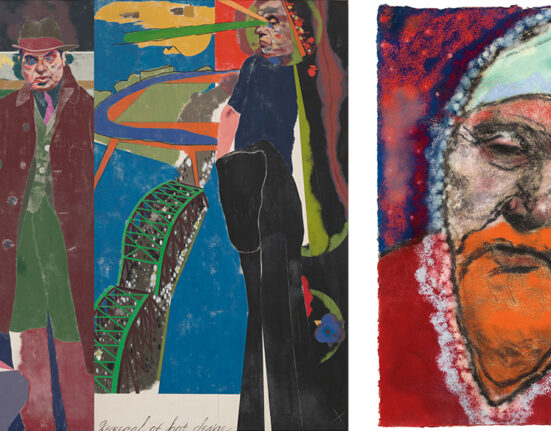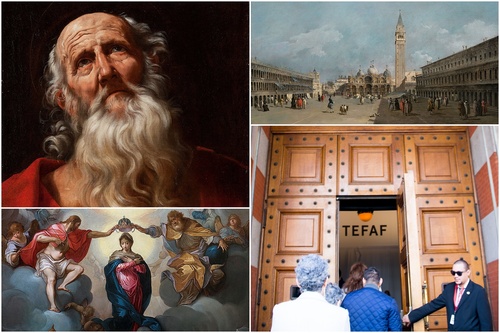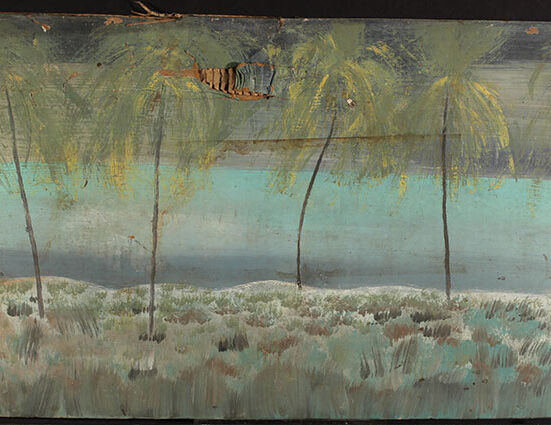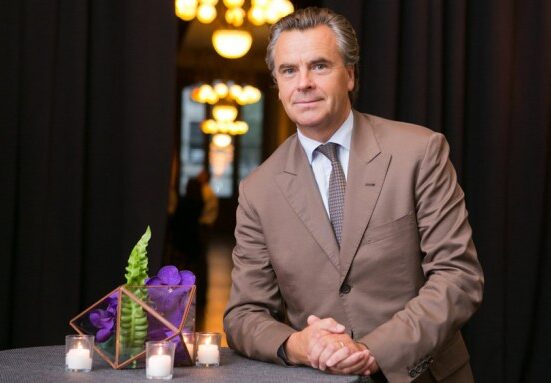We also published the following articles recently
Where ancient art meets modern expression: The global phenomenon of Sanskrit Tattoos
Devanagari script, traditionally used for writing Sanskrit and other Indian languages, has become popular for tattoos. Celebrities like David Beckham and Miley Cyrus have contributed to the trend, which appeals to people of diverse backgrounds. Sanskrit tattoos hold cultural and spiritual significance, connecting individuals to their Indian roots and serving as a reminder of their spiritual journey. The script’s aesthetic appeal and intricate details make it a visually stunning choice for body art. Devanagari script is often incorporated into designs, adding a personal touch when used for names and messages. The popularity of these tattoos extends globally, symbolizing the interconnectedness of cultures.
German helped Ravi Varmas brother start art press in city, went on to own it
The Ravi Varma Fine Art Lithography Press, known for its chromolithograph prints, was actually started by C Raja Raja Varma, not Raja Ravi Varma. The press gained popularity in Mumbai and later moved to Ghatkopar and then Malavali. It was eventually sold to Fritz Schleicher, a German technician. The press printed the famous Amar Chitra Katha series and had several artists working for it, but they were often overshadowed by the Ravi Varma brand. The press closed down in the 1980s, and its remnants can be found at Manipal’s Hasta Shilpa village.
You completely changed the art of batting in Test matches: Sourav Ganguly tells Virender Sehwag
Former India captain Sourav Ganguly praised Virender Sehwag for his impact on Test cricket, saying he changed the dynamics of opening batting. Ganguly highlighted Sehwag’s ability to score big runs, citing his innings of 293 against Sri Lanka in 2009. Ganguly also mentioned Sehwag’s versatility in different formats and his comeback as an opener after initially being a middle-order batsman. Ganguly concluded by stating that Sehwag deserved his induction into the ICC Cricket Hall of Fame.







